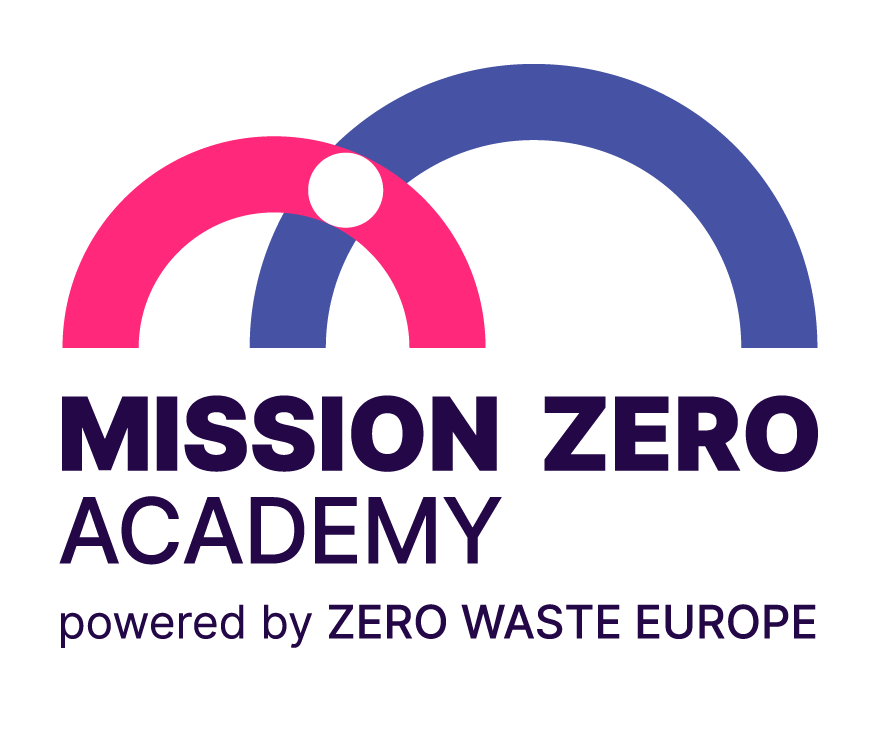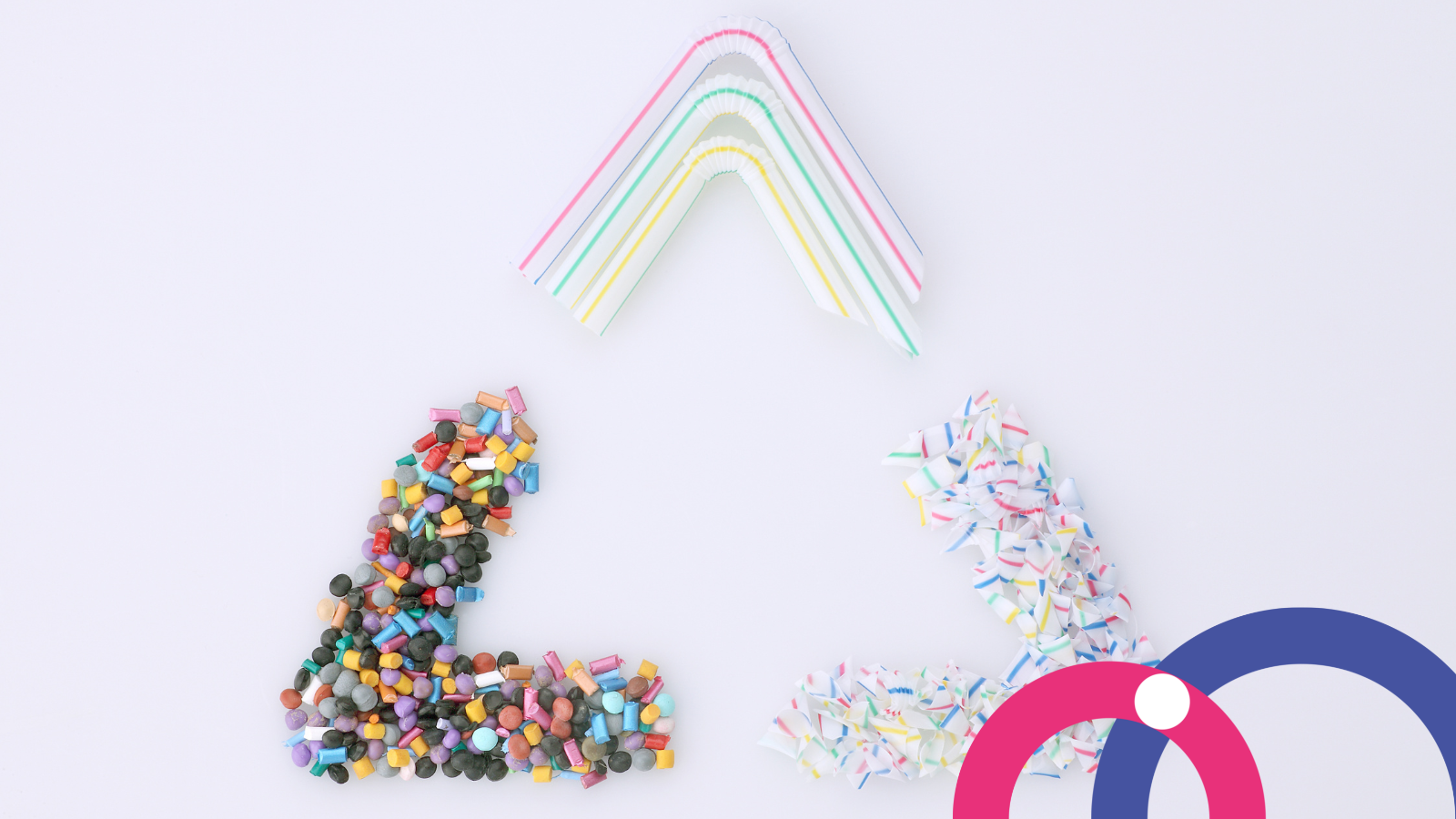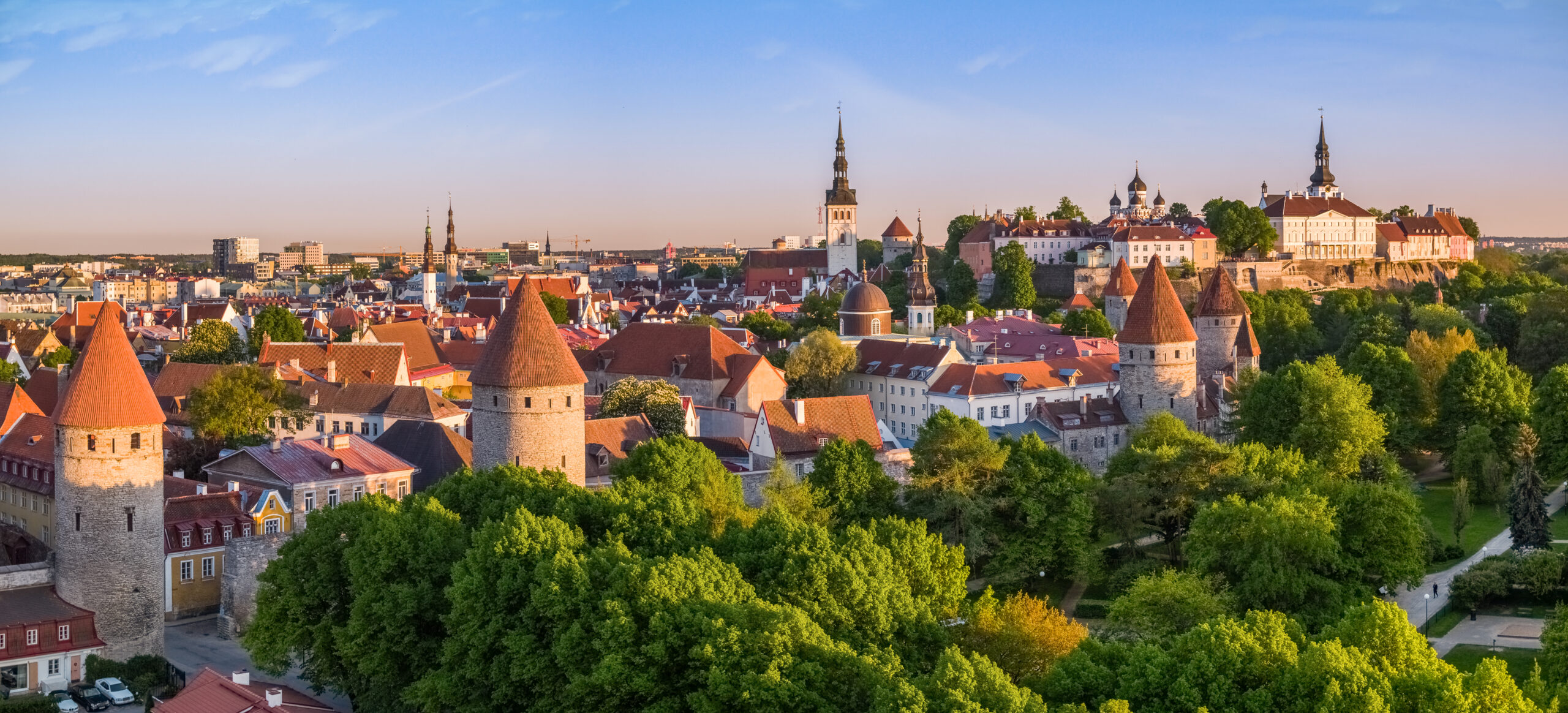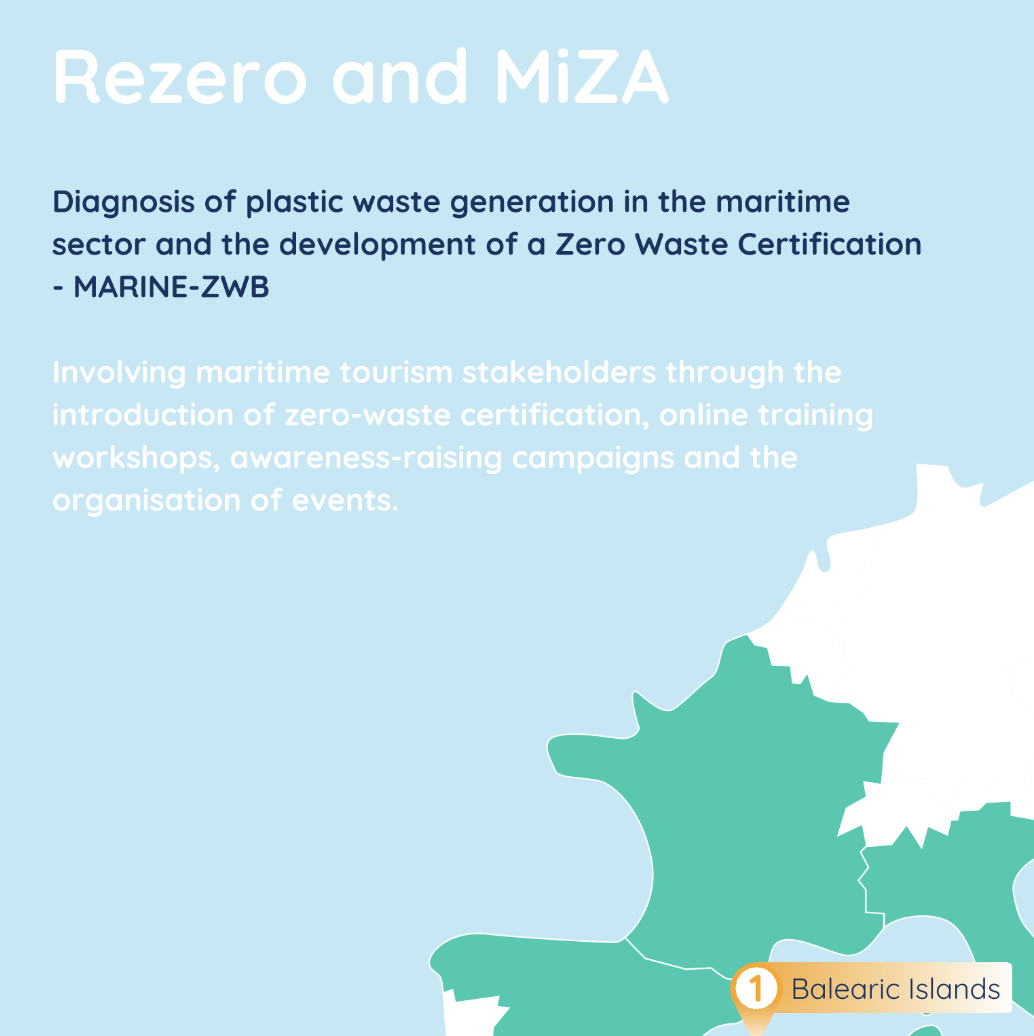Approximately 40% of plastic packaging in the European Union is reported to be recycled. But what type of products exactly? There is a shift happening in our relationship with plastics. While recycling is key to replacing plastic’s linear lifecycle with a circular one, confusion still exists over many aspects of the recycling process.
When it comes to it, many plastics are not actually recycled, if they claim they can be. This is due to confusing definitions of recyclability, the availability of recycling infrastructure, market conditions, and the financial viability of recycling operations. To fully commit to a circular economy, it is therefore important to clear up and close the gap between potential, collecting and sorting, and final recycling.
In short: the design process needs to change.
Better preparing plastics for recycling
There are a number of challenges associated with recycling plastic packaging due to the increasing complexity of the materials. As the EU sets more recycling goals, it’s essential that design-for-recycling principles are clearly defined to the whole industry and can apply to different types of plastics.
This includes the process of collection and sorting, the financial viability of the recycling operation, and ensuring that the environmental impact of the complete life-cycle is significantly less than that of virgin plastic production. Some common design considerations to take into account when designing plastics for recycling include:
- Separability of components
- Choice of materials
- Toxicity of materials and the phasing out of harmful substances
- Form, size and thickness
- Use of additives, fillers, and colourants
- And more
Misleading recyclability claims and the need for innovation
Most people probably assume that when they toss plastic into recycling, it will be processed and turned into something new. However, this statement can be misleading.
One of the most common recyclability misconceptions comes in the shape of the “green dot”. This logo, found on many packaged products, is meant to inform consumers that a manufacturer of a product contributes to the cost of packaging recovery and recycling. Not, as 75% of respondents of a study by the European Commission think, to indicate that the product or packaging is recyclable.
Rather, we need European-wide, standardized, recyclability requirements and labelling. Such a label would replace the green dot, supported by requirements for specific products or product categories. And there are already several guidelines and tools which could guide the process or serve as a basis for a unified approach to recyclability requirements and labels. Some of those include RecyClass, Sello Reciclabilidad, or the French COTREP guidelines.
Why chemical ‘recycling’ and recovery is not the answer
By 2030, the EU plans to recycle at least 55% of plastic packaging. Some plastic trade associations still hang on to this technology as a potential answer. In actuality, chemical ‘recycling’ technologies are energy-intensive, water-intensive, and chemical resource-intensive processes that pollute water, air, and land.
Additionally, it lacks the potential to come near the scale of infrastructure needed for such a target. Many EU countries do not have chemical recycling operations at all, and those that do have not been able to commercialize them. For example, in Germany in 2015, only 1.7% of packaging waste was chemically recovered. This shows that the infrastructure or the technology simply isn’t there.
Keep ambitions for plastic recycling high
Since mechanical recycling is the most likely way to recover important materials in the future, we need to make sure plastic products are made to be reusable and compatible with this form of recycling.
Recycling faces a number of challenges, including making collection and sorting (especially of flexible packaging) economically viable and providing adequate infrastructure. However, before lowering ambitions and re-routing plastic waste towards less sustainable options, we should aim to overcome these barriers.
Increasing efforts to meet our targets for the planet
Currently, plastic manufacturers have limited incentives to design their products with recycling or reuse in mind. Increasingly, plastics are becoming more diverse and made from a variety of polymers and additives in order to meet not only functional but also purely aesthetic needs. This is complicating the chances of reaching the EU’s recycling goals and circular economy goals and lowers the value and quality of recycled plastic.
Rather than proposing unsustainable measures to treat poorly designed products, why aren’t we stepping up efforts in increasing the level of labels, regulations, design, and recyclability to enhance mechanical recycling?
The EU target of 55% of plastic packaging recycled by 2030 needs a strong push towards a truly circular design that prepares plastics for reuse and recycling according to the most environmentally friendly options.
This article is based on the report ‘Designing for real recycling, not plastic lock-in’ by Zero Waste Europe.





